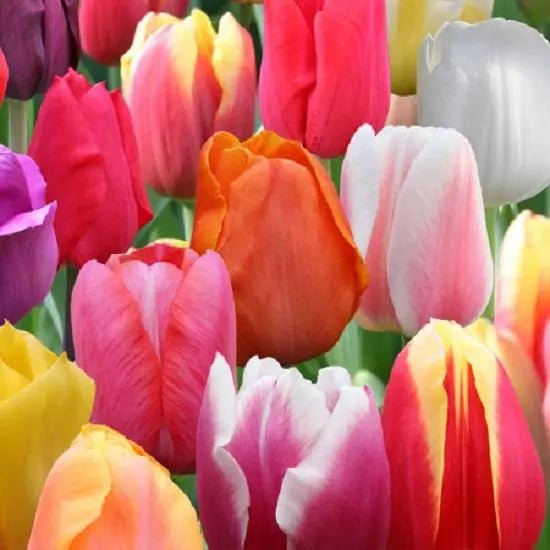
PLANT IN THE FALL FOR SPRING FLOWERS
Planting Guide for Spring-Flowering Bulbs
Planting bulbs can seem complicated, but you can simply the process by following this general rule of thumb: plant twice as deep as your bulb height. For instance, if your bulb is two inches large, dig a hole and plant the bulb four inches down.
While the depth may be a simple formula, when to plant should be based on where you live, and not an exact date. If you're planting in the fall, you'll want to make sure that once planted, your bulbs don't start blooming. To ensure the proper timing, plant bulbs about six weeks before the first expected frost. This allows the bulbs time to take roots, but not enough time for the bulbs to start growing blooms. Before you start planting bulbs, refer to your Planting Zone to ensure most accurate, detailed information.
PLANTING BULBS FOR SPRING FLOWERS
Spring-flowering bulbs are planted in the fall to give them ample time to grow roots during winter and come up early in the spring. So, if you think that autumn’s the time to stop gardening, think again! Fall will be bulb-planting time! It’s so easy to stick bulbs in the ground—and so magical to see their colorful blooms emerge in late winter and early spring!
Bulbs can be order from a Here ahead of time, so that the bulbs arrive right in time for fall planting. Or, make a note in your calendar to buy bulbs in the fall. Planting time is usually late September to mid-October in northern climate so that bulbs can grow roots before the ground freezes. (Tulips are one exception–you can plant these as late as you can get them into the soil.) In southern climates, plant bulbs in mid-October through November; you can plant them as late as December but the later you wait, the less able the bulbs will be to establish themselves.
Make sure you buy your bulbs from a reputable nursery or garden center. Remember, second-rate bulbs produce second-rate flowers, don’t sprout at all, and often don’t return year after year. Don’t forget to plant extra for cutting so you can bring some of that spring color indoors.
BULBS TO PLANT IN THE FALL
Here are some of the most popular spring-blooming bulbs planted in the fall. See the chart farther down this page for planting information on these and other spring flower favorites.
- Daffodils are a favorite because they are vole- and deer-resistant.
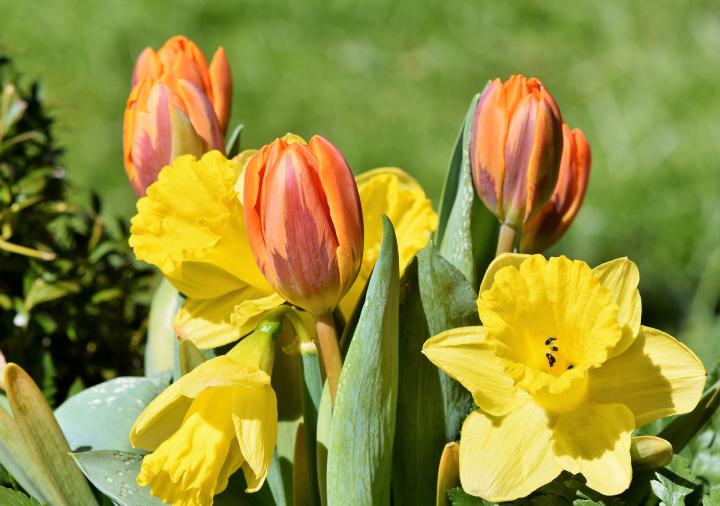
- Jonquils have tiny blooms and naturalize. They’re one of the first flowers to bloom—and look especially lovely when planted in a grove or field together.
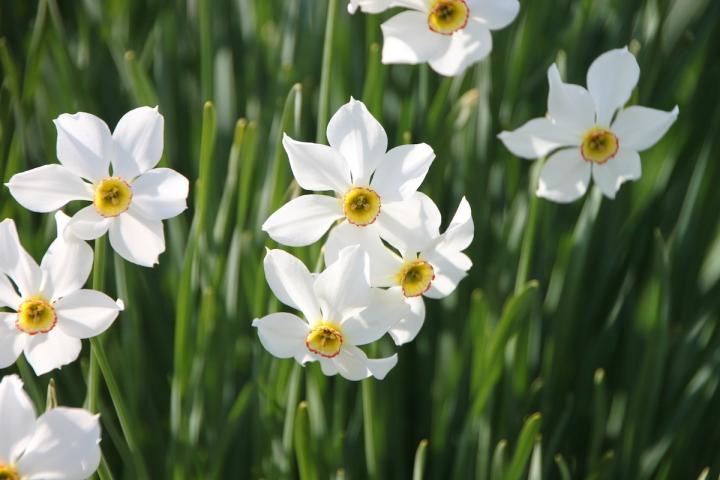
- Crocus are a spring-flowering favorite, and come in a range of colors.
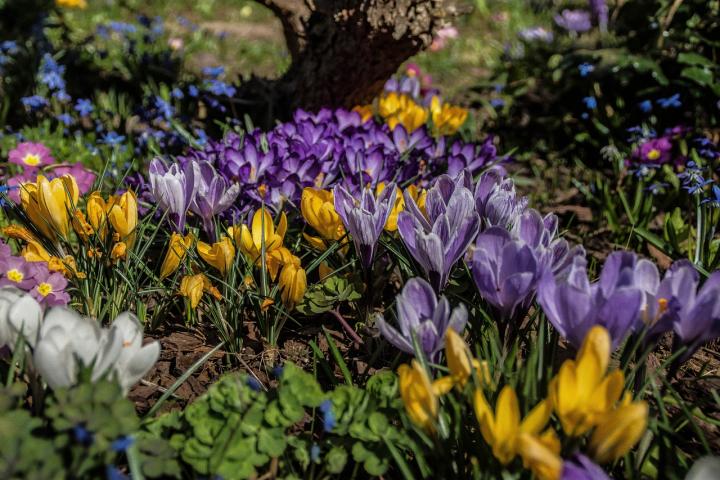
- Snowdrop (Galanthus) are little white bells that bloom in early spring.
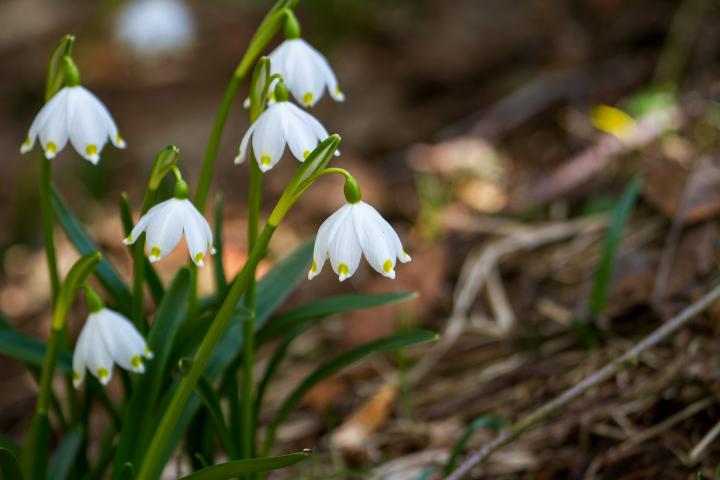
- Hyacinth (including grape hyacinths) are small blue clusters of tiny bell-shaped blooms which are good for naturalizing.
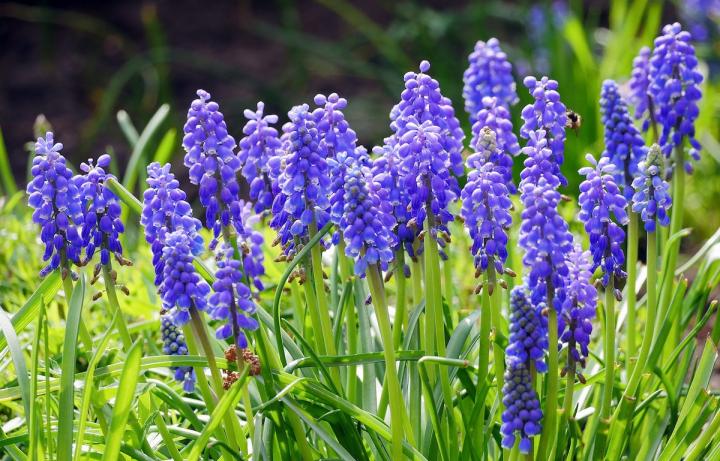
- Tulips looks beautiful when planted en masse and bloom after the daffodils. They look great paired with grape hyacinth.
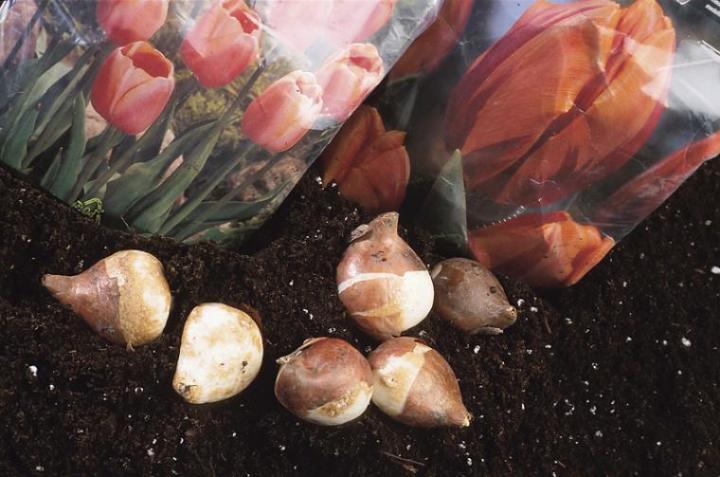
- Irises are hardy, reliable, and easy to grow, attracting butterflies and hummingbirds and making lovely cut flowers.
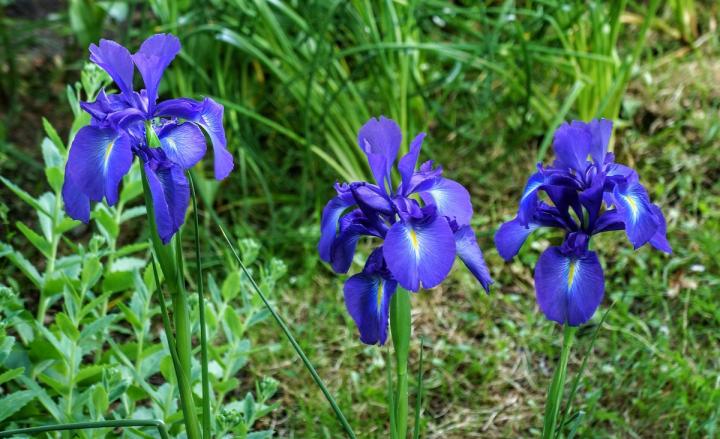
- Gladiolus have tall beautiful spikes and tend to bloom in late spring to mid-summer, depending on the variety.
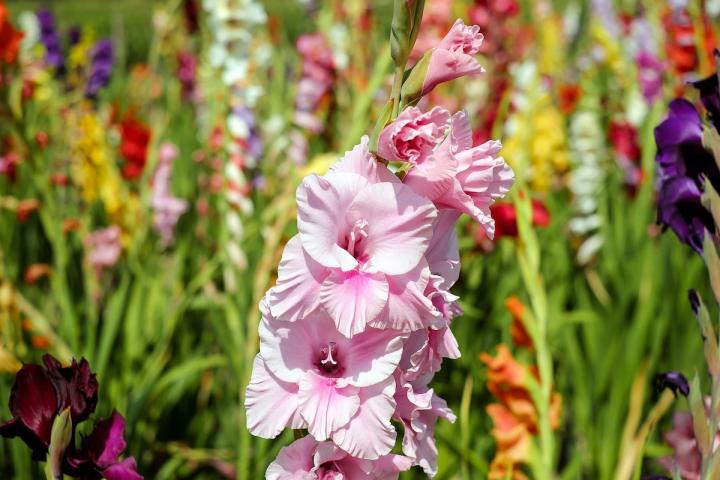
FALL-PLANTED BULBS CHART
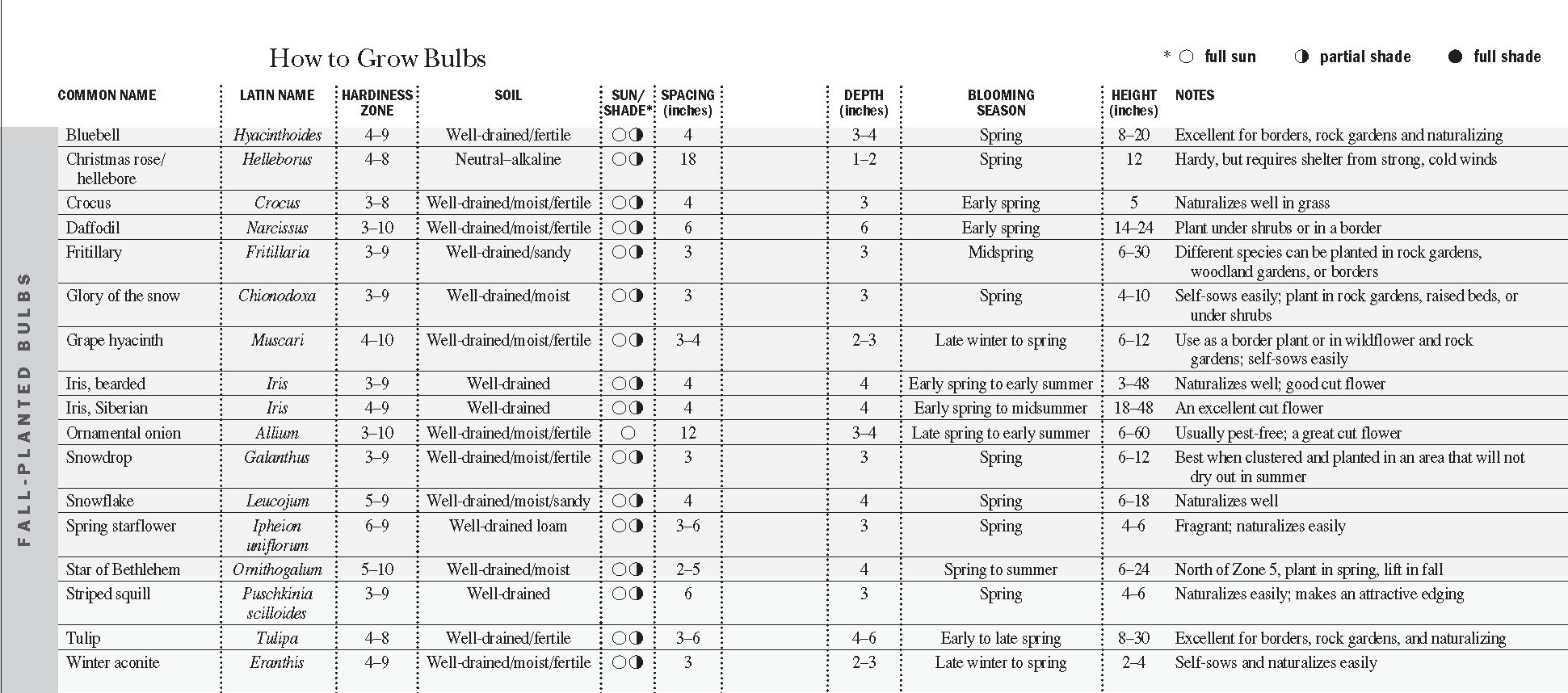
Click here or on the image above to see a larger version of the chart.
WHEN TO PLANT BULBS:
- Plant fall bulbs after the heat of summer has passed, but before the ground freezes. Consult our Frost Dates Calculator to see when the first fall frost will be in your area. In the lower South, where you may not have a hard freeze, early November is a good time to plant.
- Ideally, plant your bulbs soon after you purchase them.
- If you cannot plant the bulbs right away, store them at around 60 to 65 degrees F. in a dry area. Temperatures above 70 degrees F. may damage the flower buds.
- See the chart, below, for type of bulbs by hardiness zone. In the warmer South, note that some bulbs need to be treated as annuals instead of perennials; they’ll bloom once and then they’re done. For example, you will have to plant tulip bulbs again each year. Still, they are a beautiful sight to behold and well worth the effort! Other fall bulbs, such as daffodils, will act as perennials and come up year after year.
- In warm climates, you may need to pre-cool some bulbs. Most spring-flowering bulbs require a 12 to 16 week cold period in ventilated packages in the bottom of your refrigerator at 40 to 50 degrees F. before planting. Check with your bulb supplier to determine whether the bulbs you purchase have been pre-cooled or whether you may need to give them a cold treatment.
HOW TO PLANT BULBS:
- Select a site with lots of sun and well-drained soil. Work a few inches of compost into the soil before planting.
- Bulbs love great planted in a grove, near the mailbox, as swaths of colors in garden beds, and as colorful borders.
- Plant bulbs generously in case some do not sprout. And plant them in random order and spacing for a more natural appearance. If you love groves of daffodils and blanketed landscapes of tulips, be prepared to buy and plant a large quantity of bulbs!
- In general, plant bulbs at a depth of three times the width of the bulb.
- After planting, apply fertilizer low in nitrogen, such as a 9-6-6 formulation. If your soil is sandy, plant bulbs slightly deeper; in clay soils, slightly shallower.
- Water well after planting. Apply mulch to keep the weeds down and hold in moisture.
- Do you have voles or squirrels? Consider planting your bulbs in a “cage” fashioned with chicken wire. Also, check out our tips for preventing vole damage and squirrel damage. Or try planting some rodent-proof bulbs.
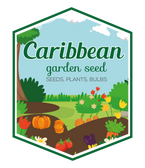
![[Seeds] - Caribbeangardenseed](http://caribbeangardenseed.com/cdn/shop/files/gift-card-gift-card-1_1024x1024_dfa857db-9150-4315-a362-7f0bb3fb9c47_60x28.png?v=1722895789)